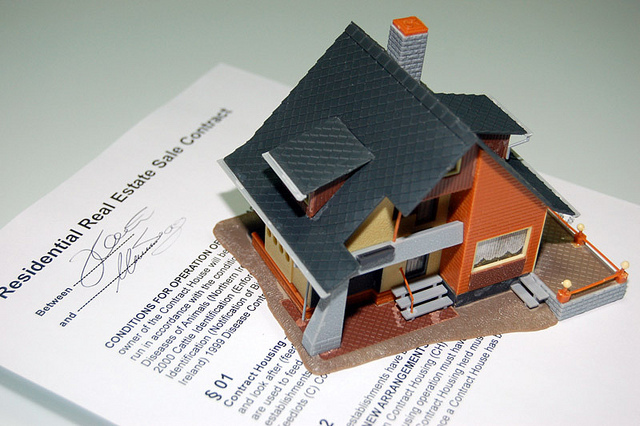Singapore is not cheap, which makes you wonder, how do we thrive? To help us understand better, let’s talk about our cost of living.
Housing
In general, the property prices in Singapore are going down, thanks to the efforts of the government, including reducing the loan-to-value ratio and capping home loans up to 35 years. Moreover, you have several property options, although more than 75% of us live in HDB flats, of which the cheapest can be a 2-room home with a possible net selling price (after grants) of $52,000.
But this would need a median income of $1,500 and a monthly instalment to income ratio of 11%. So far, as of 2014, the median income calculated during the mid-year was $3,770. If you can’t afford to buy the property yet or you have no intention of doing so at least within a few years, you can take this time to start saving, managing your debt for a better total debt servicing ratio (TDSR), and comparing mortgage loans.
Healthcare
Singapore promotes a universal healthcare program. Under this are Medisave, Medishield, and Elder Shield, to name a few. A part of our CPF contributions is intended for healthcare by the time we’re old (and, yes, our population is getting way older than before). Other countries have commended our healthcare system for having some of the best hospitals and well-trained staff with training and expertise comparable to that of European and North American countries.
But our healthcare isn’t immune to inflation, and premiums for coverage such as Medishield are expected to go up. Moreover, the government provides only subsidies, which means you still have to pay for the remaining healthcare costs. If there’s some good news, it’s that many companies do provide healthcare and even life insurance at no extra cost on your end.
Education
Singapore stresses the huge importance of education, so much so that it allocates at least 20% of its annual budget to it. It is also compulsory for children between 6 and 15 years old, but it’s not unusual to see children as young as 4 to go to school, which means education expenses can also start early, and a nursery class may cost $900 per year. University is expected to go up by as much as $30,600, but subsidies can greatly help by decreasing tuition fees by as much as 26%.
Food
A huge chunk of a family’s budget goes to food, and the expenditure keeps on increasing every year. In 2013, the average food expenditure was $1,188, an increase of $239 from 2008. There are two possible explanations for this: inflation and our penchant to eat out. We are the highest spenders in the Asia-Pacific region in terms of dining out with a monthly expense of around $324.
Can We Afford It?
The high cost of living, however, is just a partial way of evaluating our capacity to thrive in the country. The much bigger question is if we can afford our necessities. Thankfully, the answer still remains yes.
More households are earning $20,000 and above a month (including CPF contributions), and even if our total household expenditures have gone up through the years, they’re still lower than our average monthly wages.
This doesn’t mean, though, you won’t go bankrupt or continue to live from paycheque to paycheque. Your own spending habits and financial decisions can have a significant impact on your expenses and income. As an example, while you have many choices for credit cards, going for the ones that help you earn rewards with your credit card is more sensible as you can take every dollar you spent further.
To conclude, whether you’re living in Singapore or anywhere else in the world, being financially smart can shield you from all the money woes.
(This article is brought to you by SingSaver.com.sg)


